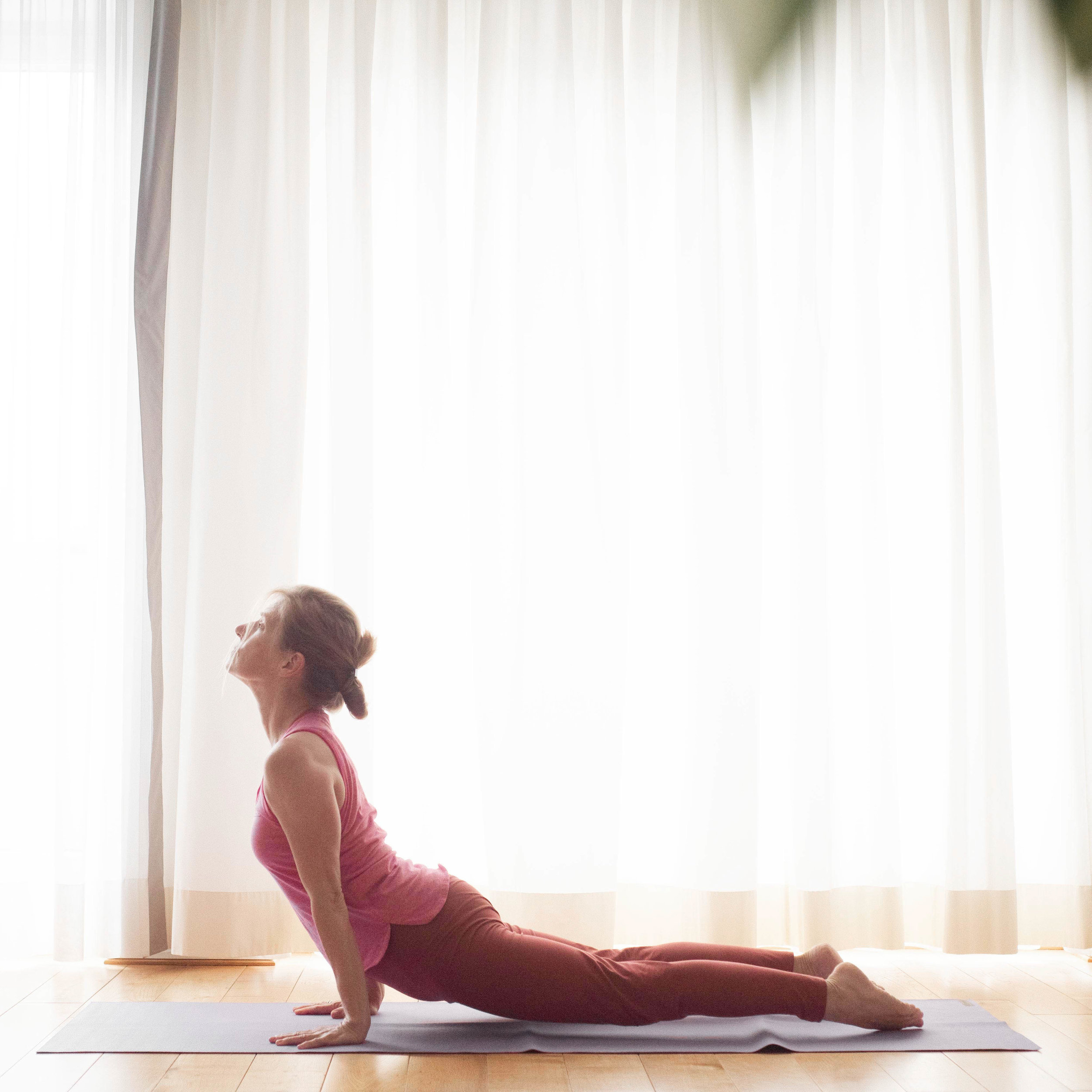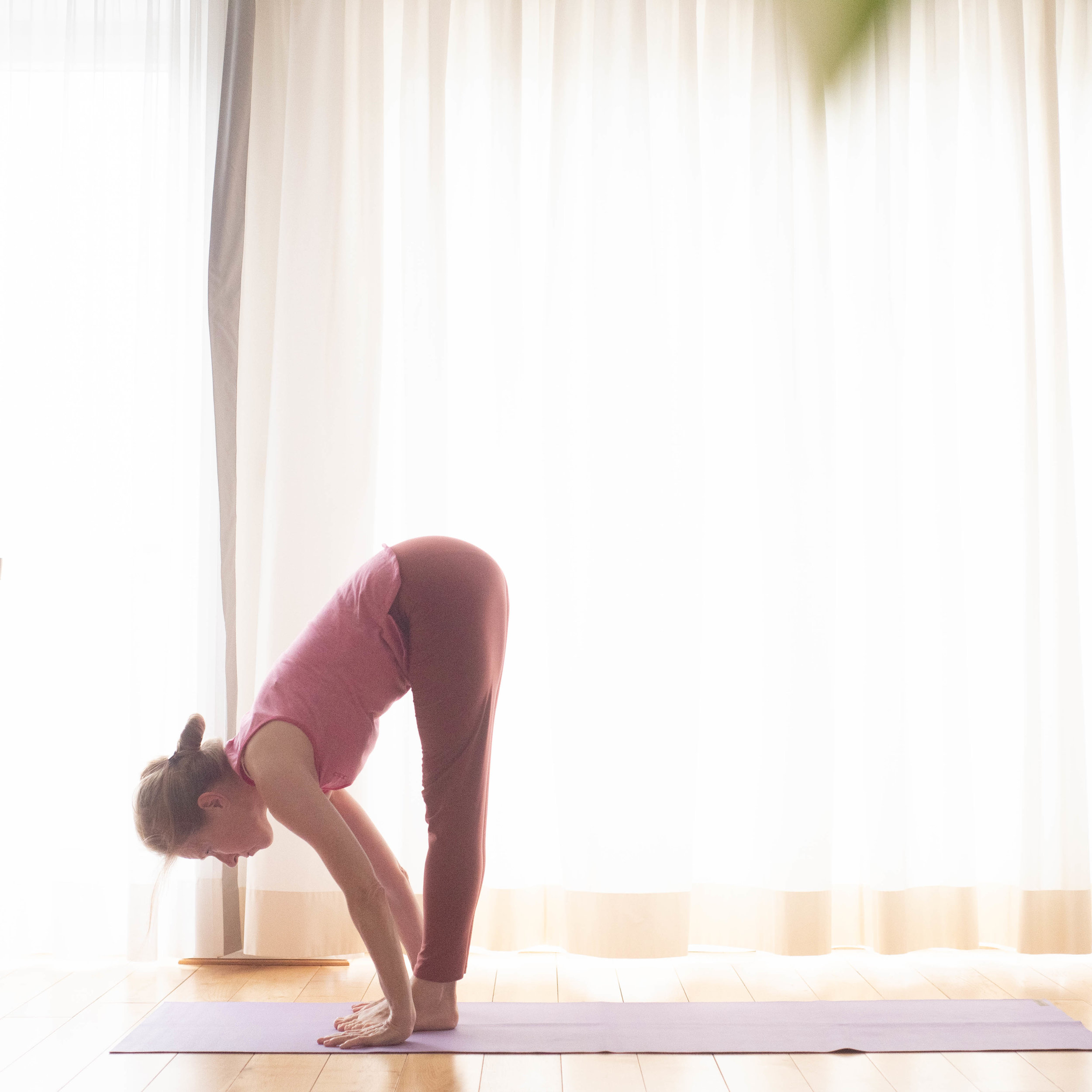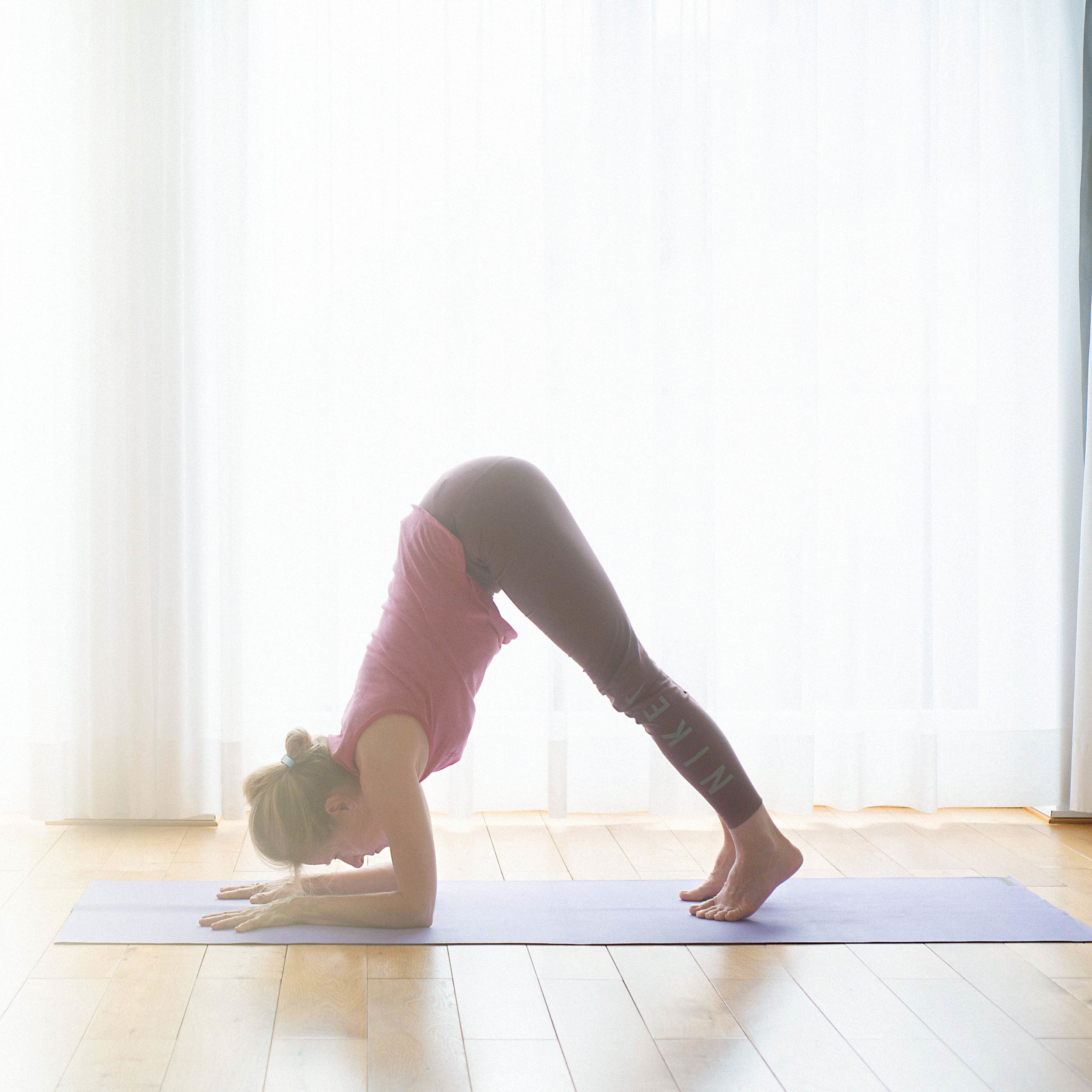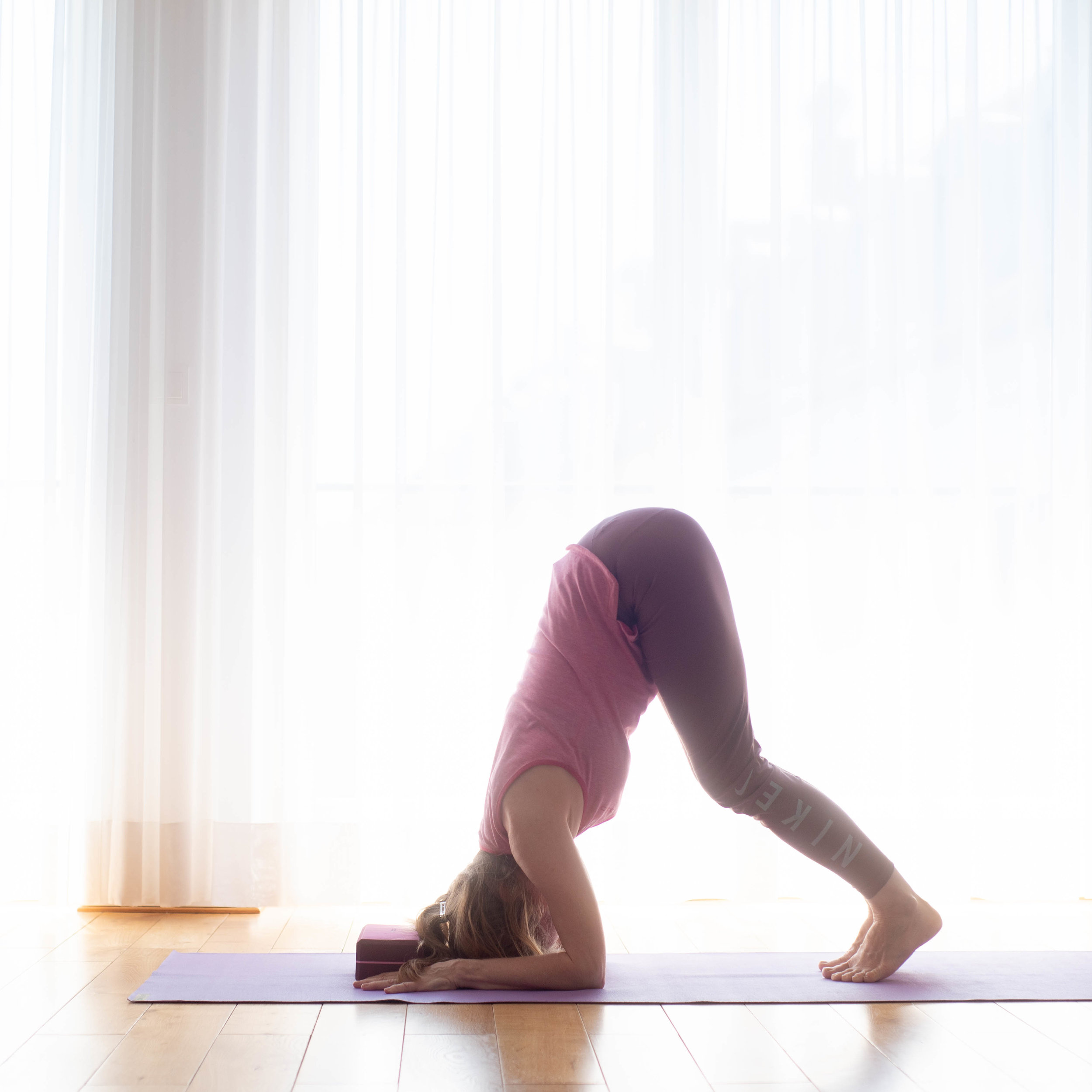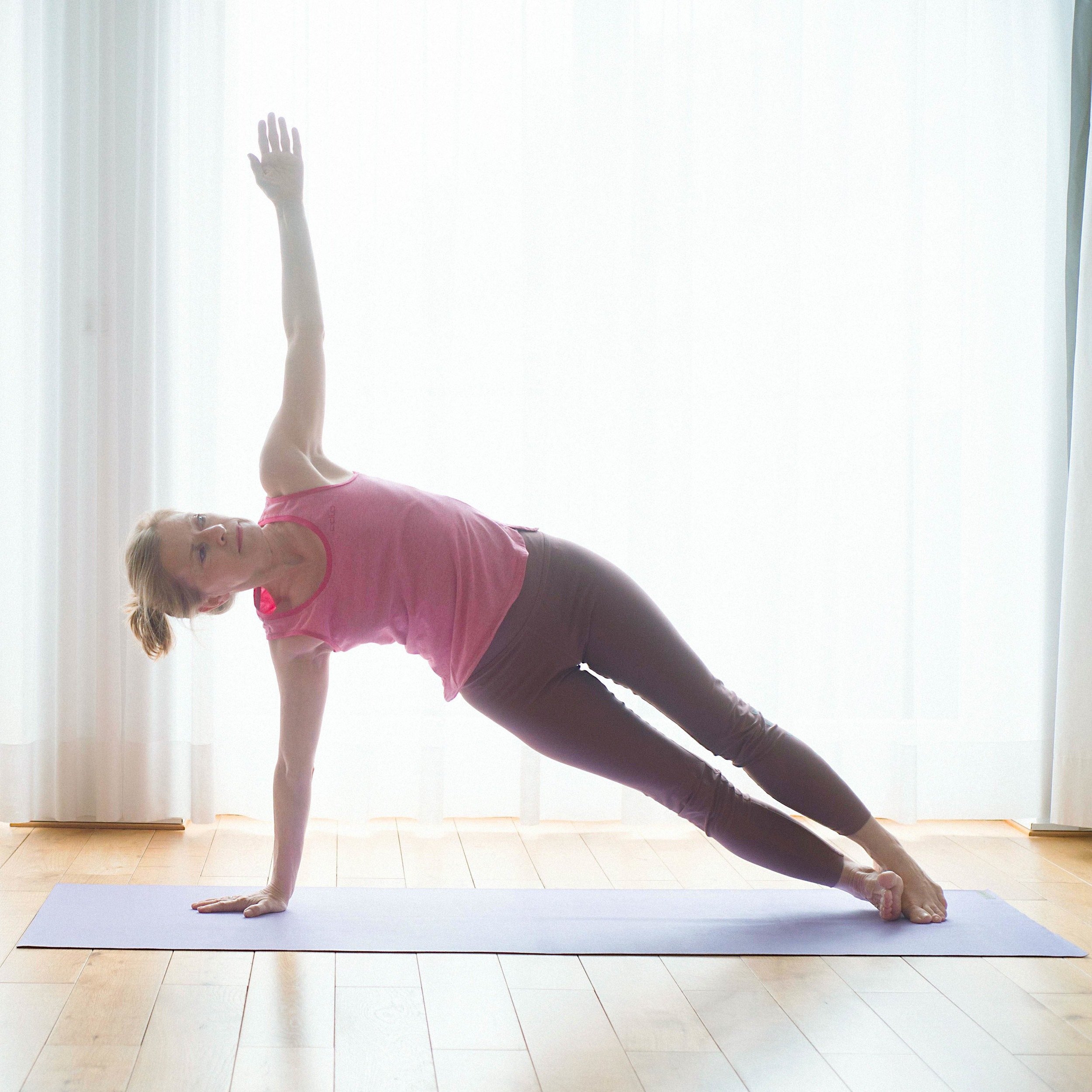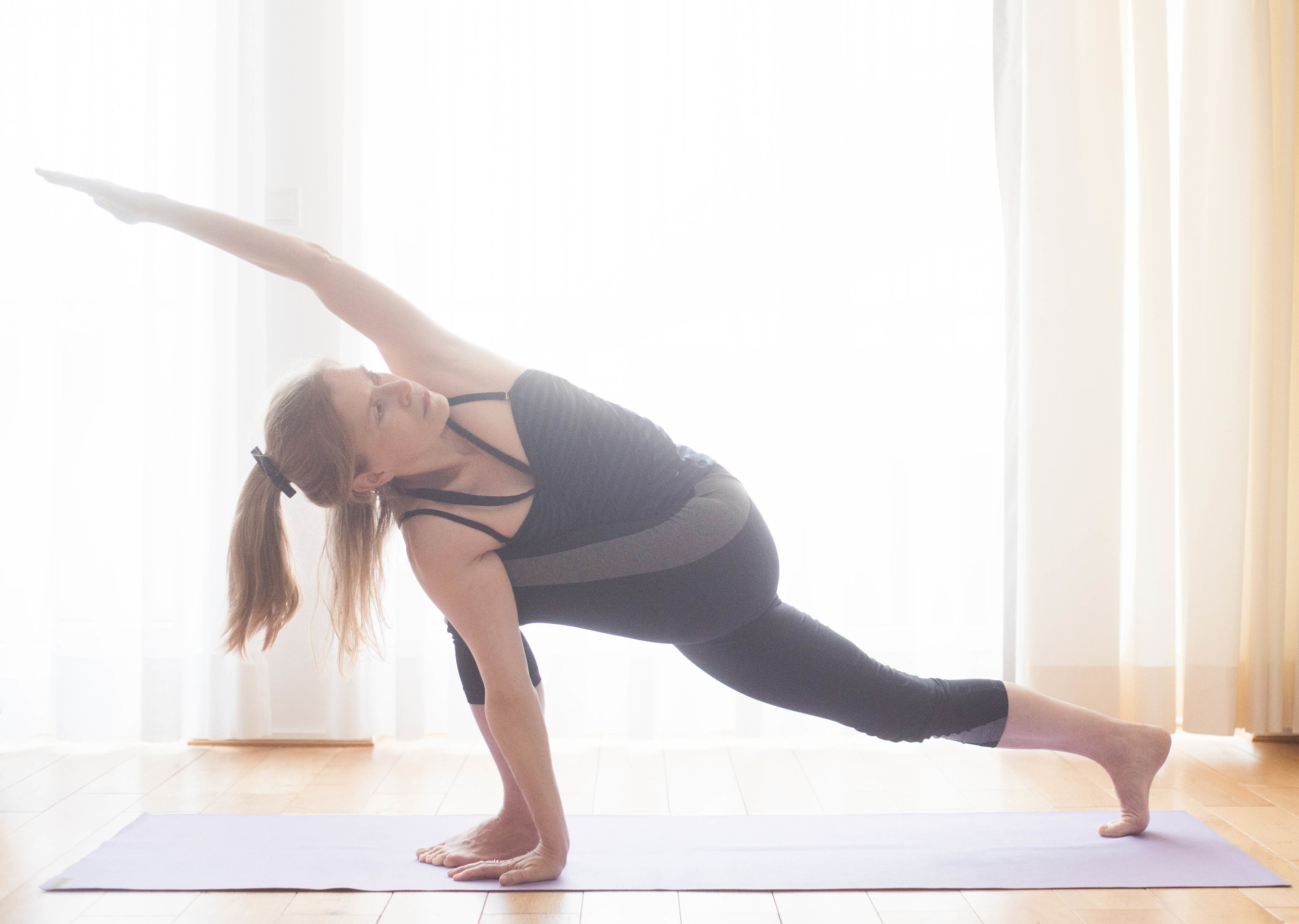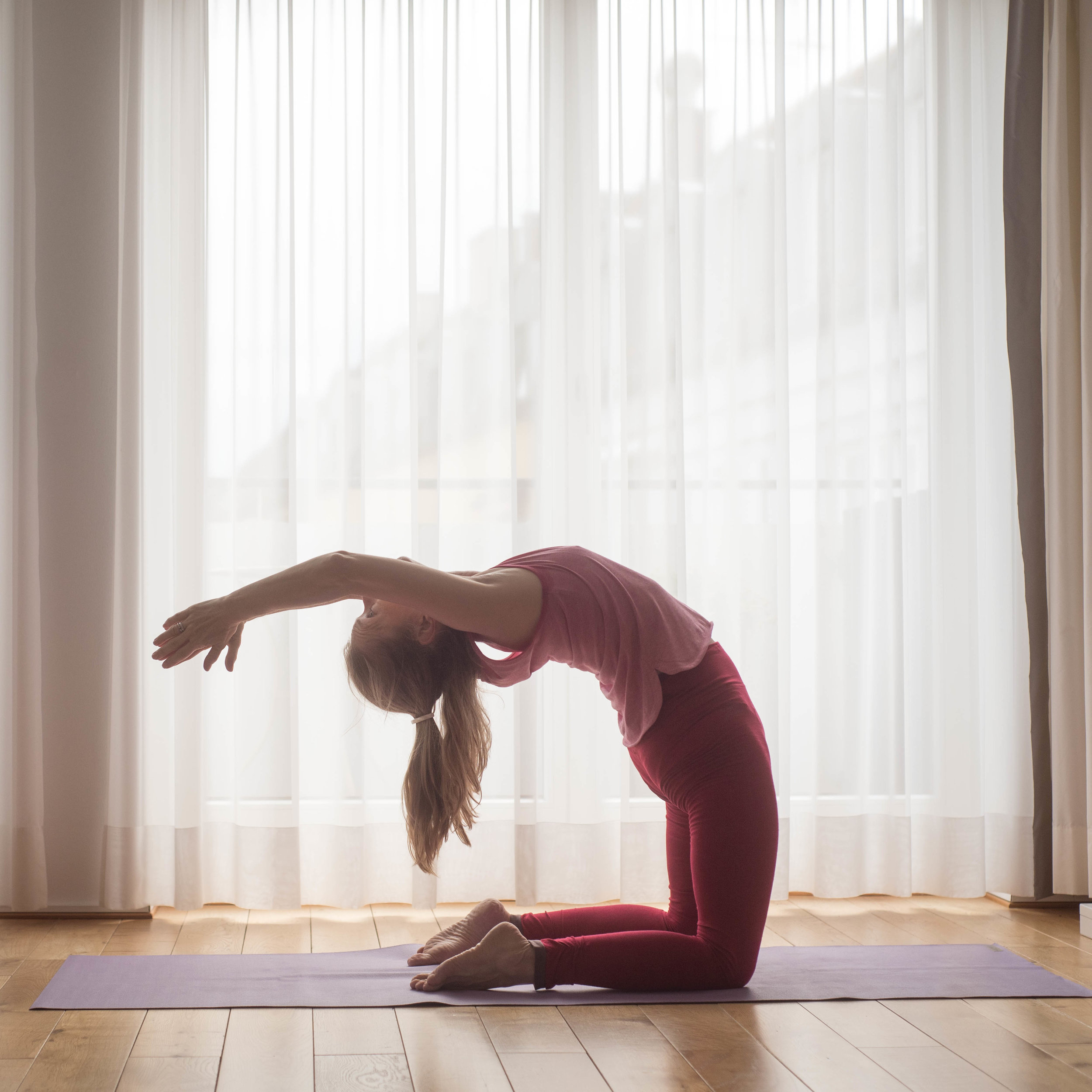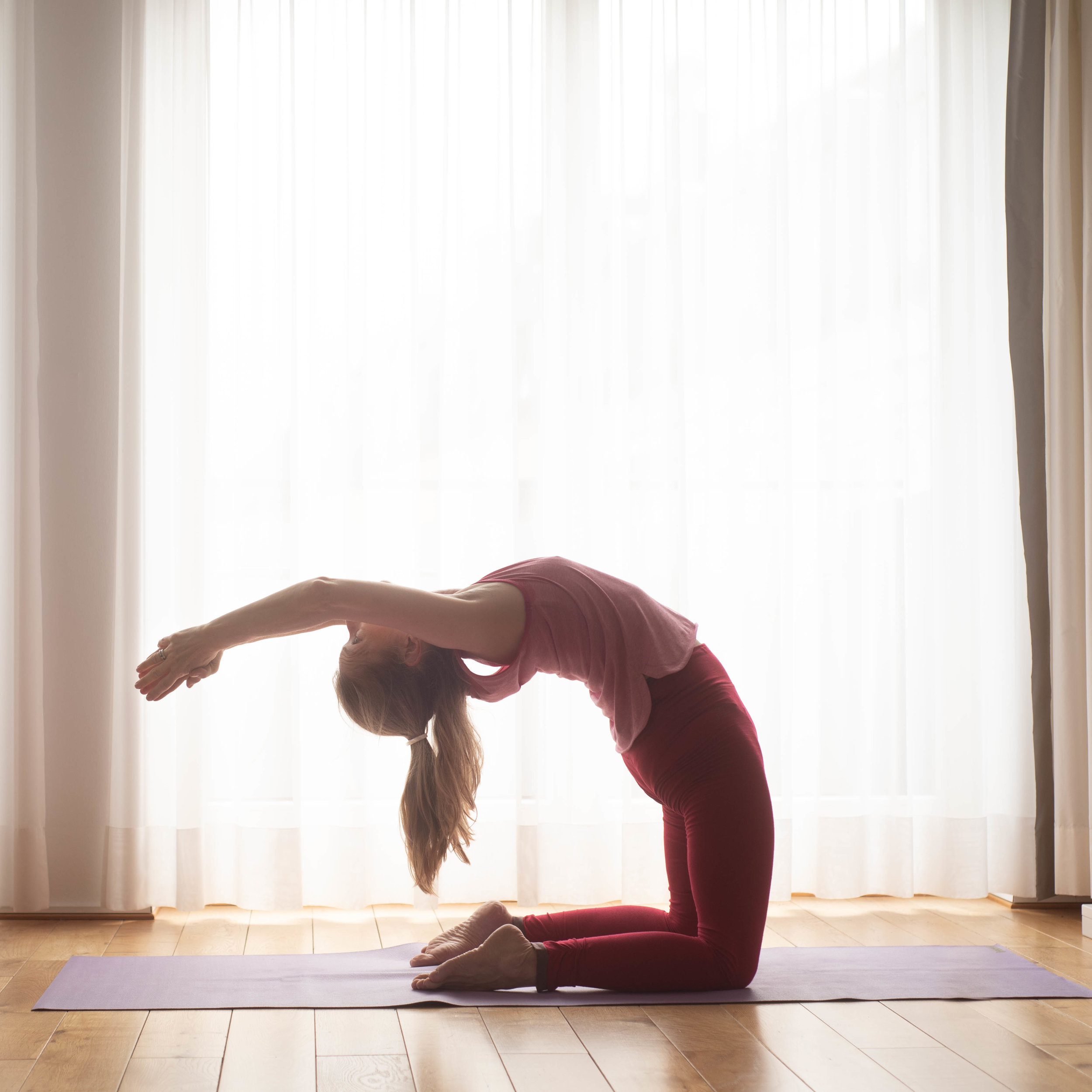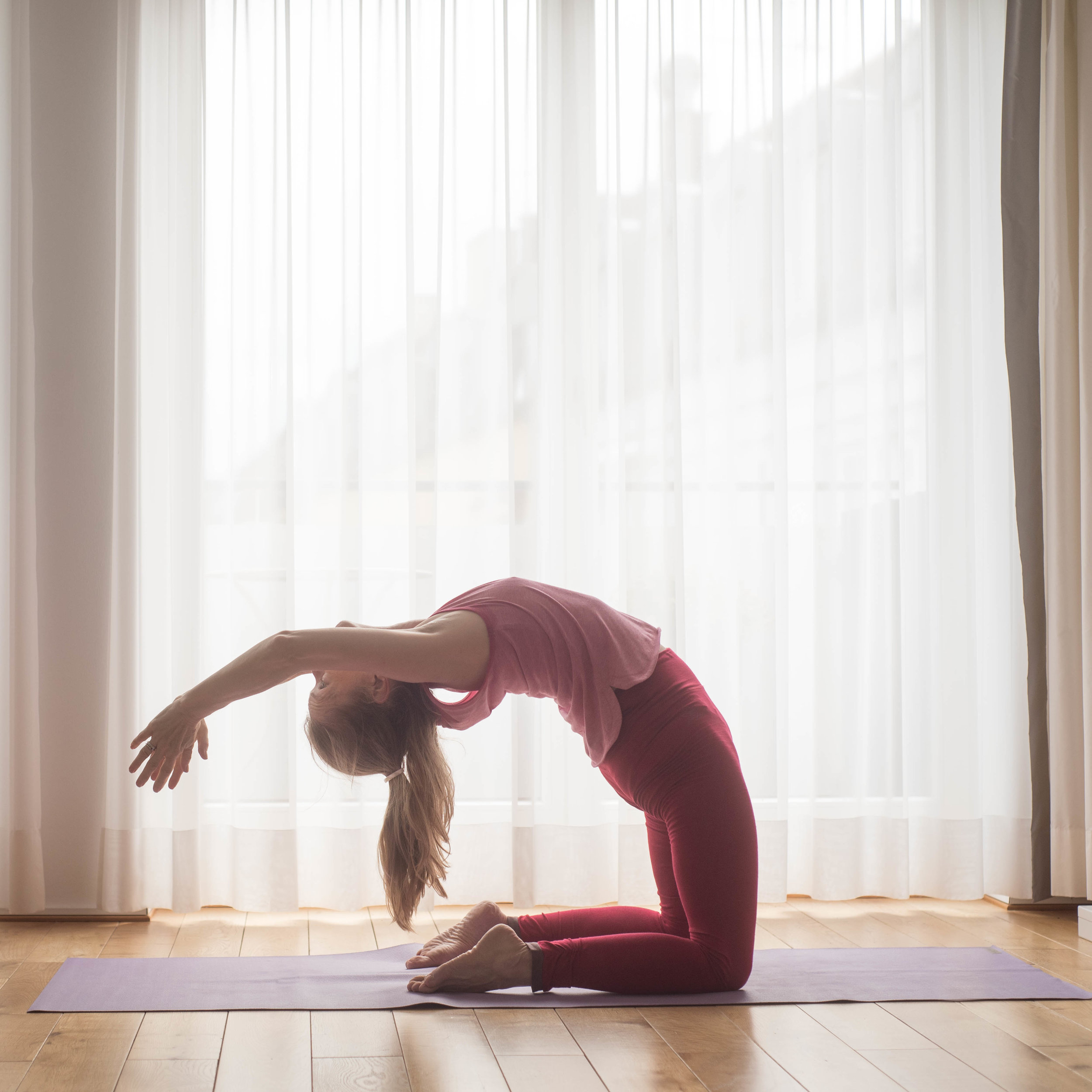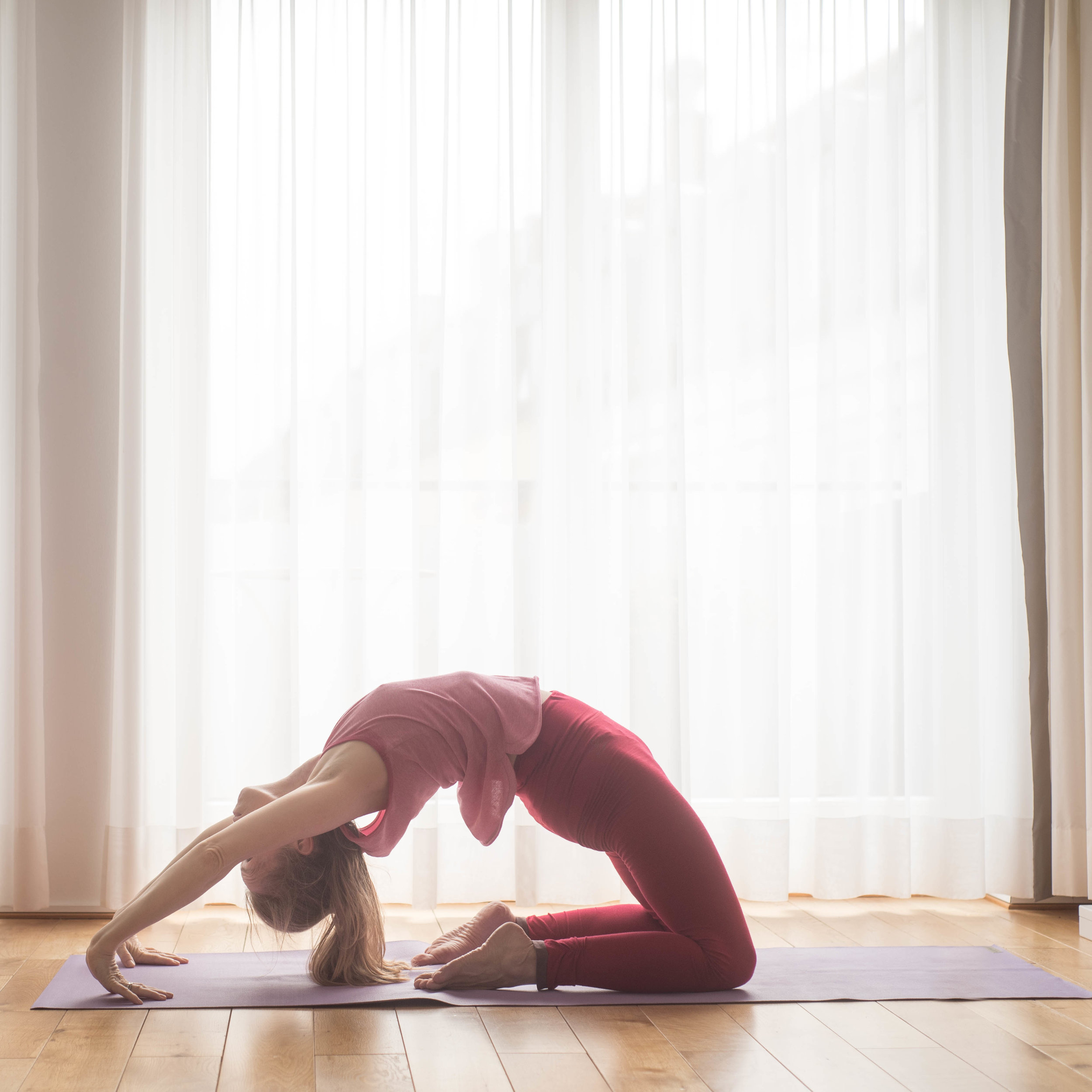In the ancient texts one speaks of 84 lakhs asanas. Lakhs is an Indian numeral and stands for ‘a hundred thousand’. Lakhs can also mean an unknown amount. Out of these unlimited asanas are 84 important and 32 are made for the humans. The source of hatha yoga are the classic texts: Hatha Yoga Pradipika, Gheranda samhita and Siva Samhita.
One distinguished between asanas for meditation and asanas that improve strength and flexibility and health in general.
Herewith I refer to a time before Krischnamacharya and the following generation, mainly Sivananda, B.K.S. Iyengar and P. Jois.
Lately I found a rather interesting book by Theos Bernard ‘ Hatha yoga - The report of a personal experience’. I took a lot of this information for this blog post from this book.
Yoga was taught differently than today where yoga became part of the fitness industry.
I quote from page 17 of the book:
‘ In order to become worthy of the teachings, the student must first fulfill the moral requirements called the yamas and niyamas, which are the moral prerequisites to the study of Yoga.
The ten Yamas (rules of conduct) are:
ahimsa (non-injuring)
truth
non-stealing
continence
forgiveness
endurance
compassion
sincerity
sparing diet
cleanliness
The ten Niyamas (rules of inner control) mentioned by those proficient in the knowledge of yoga are:
Comment: I saw different translations of the yamas/niyamas. The general word must get translated into practical habits. That way they can also get adjusted to modern times.
Forty years ago when I attended my first yoga class this was still the spirit. Becoming a vegetarian was not a precondition to be accepted in a yoga class, but it seems to me that it was clear that the student of yoga follows a vegetarian diet as a yogi lives a non-violent life.
These days I have the impression that yoga students realize that performing advanced asanas is easier with a few pounds less. Then they try to find a method to lose weight. A vegetarian diet supports this. That the origin intent of a vegetarian diet was to live a non-violent life seems forgotten. All activities serve one purpose today: Looking awesome on Instagram.
Last but not least the result is more important than the motives. The less animals suffer and get killed for our nourishment the better.
Books can be filled about the yamas and niyamas. It’s worth to explore them, it’s worth to realize that yoga is not only practicing asanas.
The next step to learn hatha yoga was according to Theos Bernard to learn cleaning techniques that used up a lot of time before the asana practice. I don’t want to gulp a tissue and to pull it out again to clean my stomach. For me the cleaning techniques of the ancient yogis are rather an inspiration to reflect on our cleaning habits today
Do we use too much industrial products like soaps to clean our bodies?
Could it be a good idea to take cold showers after the warm ones? I absolutely recommend this.
Have we developed eating and drinking routines so that our body can easily digest our food, so that the body can clean itself?
In short:
The order to learn yoga according to the ancient texts is as follows:
First one follows moral rules.
Then one learns cleaning techniques of the body.
Then the aspiring yogi is ready for the asana practice. He can learn the 32 asanas for the human beings.






